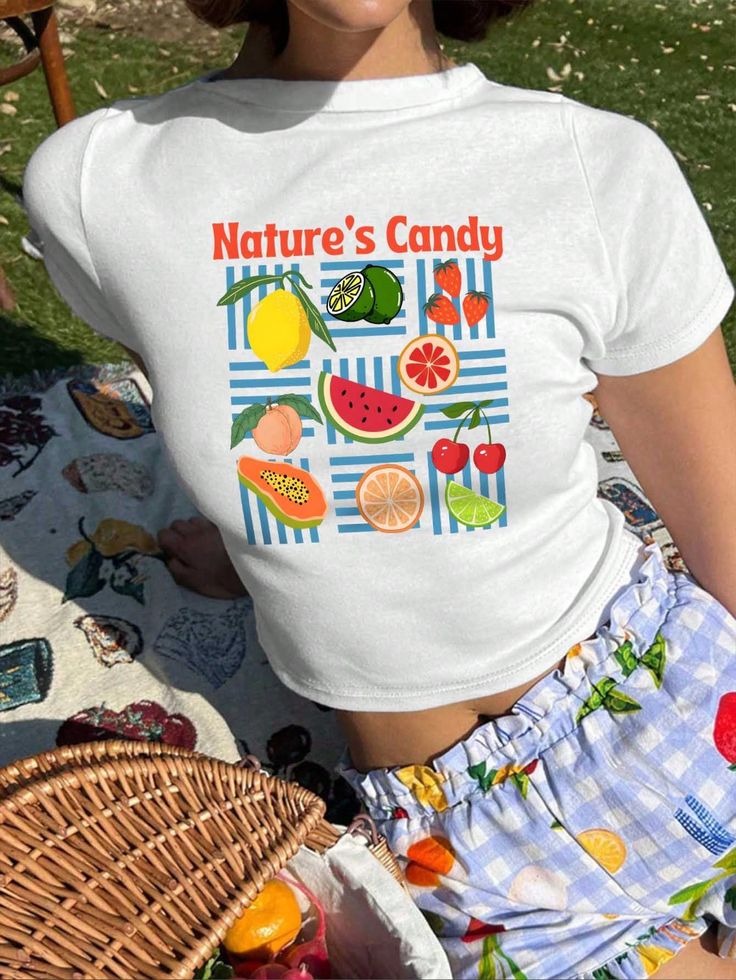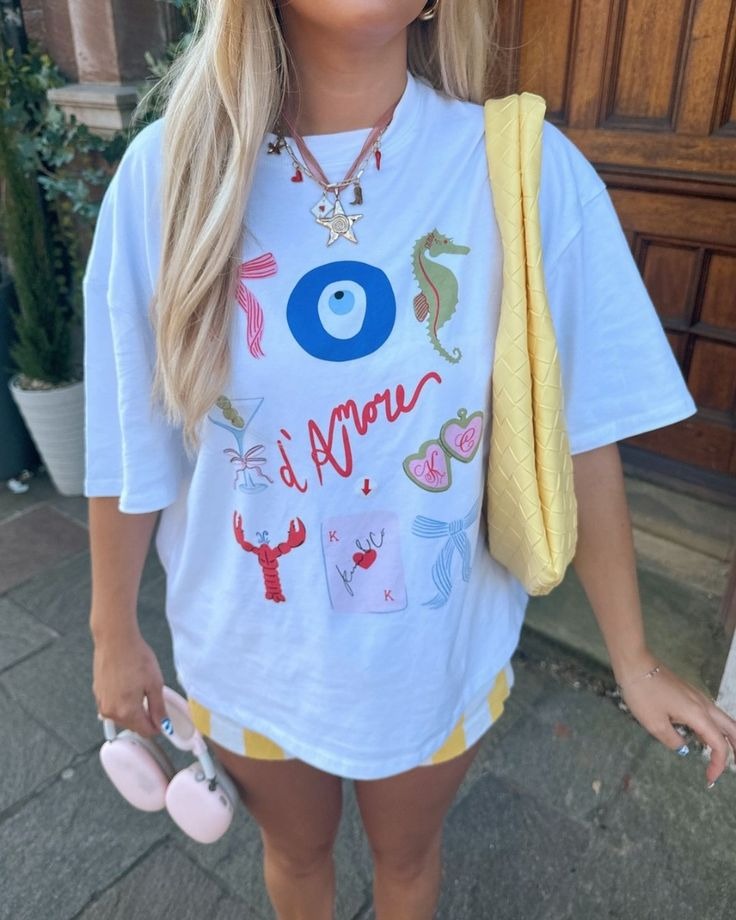Introduction
Clothing lies at the very nexus of human civilization—melding utility, aesthetics, identity, and innovation in every fiber. From primal animal hides draped over Neolithic bodies to seamless smart suits embedded with wearable intelligence, garments have mirrored our collective journey, ambitions, and values. This exhaustive chronicle weaves through the birth of textiles in ancient looms, the rise of tailor-made nobility, the democratization of fashion through industrialization, the explosion of subcultural wardrobes, the continual reinvention of materials science, the global intricate supply networks, and the pressing imperatives of sustainability and equity. We conclude with future horizons—living fabrics, programmable apparel, circular economies, and the ethics of sartorial sovereignty—painting a tapestry that spans millennia and anticipates the infinite permutations of what we choose to wear.
Primal Draperies and the Dawn of Textiles
Our sartorial narrative begins in the Paleolithic era, when early hominins sought shelter from the elements through simple drapes of animal hides and furs. Archaeological remnants suggest that by 30,000 BCE, humans used bone needles to stitch skins into rudimentary coverings. The Neolithic revolution introduced plant-based fibers—flax, hemp, nettle—spun by hand into threads and woven on primitive looms. Garments evolved from animal hides to linen shifts and draped woolen cloth, signifying ownership, status, and ritual. In these hunter-gatherer and early agrarian societies, clothing protected against climate extremes and bore symbolic patterns—antler motifs, ochre-painted designs—marking emergence of personal and tribal identity.
Ancient Weaves and Civilizational Flourishing
As Mesopotamia, Egypt, India, and China rose to prominence, textile production became a cornerstone of civilization. In Sumer, organized workshops produced elaborate wool robes. Ancient Egyptians mastered linen weaving, producing fine, bleached fabrics that adorned pharaohs and priests, sometimes dyed with natural indigo and madder. The Indus Valley crafted cotton garments circa 2500 BCE, evidenced by spinning wheels and cotton-seed relics. In China, sericulture revolutionized fashion—domesticated silkworms spun golden cocoons into luxurious silk reserved for elites. Trade routes such as the Silk Road intertwined these textile hubs, enabling the exchange of dyes, techniques, and garments, forging early globalization of attire.
The Tailor’s Art: From Sumptuary Laws to Royal Courts
The medieval period saw the emergence of dedicated tailors and guilds, codifying cutting techniques and garment construction. Sumptuary laws across Europe regulated textile types and colors by social rank—only nobility could don crimson-dyed wool or ermine-trimmed fur. The tailor’s art reached its apogee at royal courts, where master craftsmen cut doublets, surcoats, and brocaded gowns to sculpt idealized silhouettes. In Japan, the kimono tradition codified complex folding and layering rituals. West African kente weavers from the Ashanti kingdom imbued cloth with symbolic stripes and patterns denoting lineage and proverbs. Across continents, garments became living canvases of power, spirituality, and craftsmanship.
Industrial Revolution: Democratization and the Rise of Ready-to-Wear
The eighteenth-century textile mills of Lancashire, powered by the spinning jenny and power loom, triggered an unprecedented shift. Mechanized production decoupled garment creation from artisan guilds, lowering costs and accelerating output. The invention of the sewing machine by Elias Howe and Isaac Singer in the mid-nineteenth century further accelerated garment assembly, birthing the first ready-to-wear marketplaces. Department stores and mail-order catalogs offered standard-size shirts, dresses, and trousers, liberating individuals from bespoke tailors. Uniforms—military, factory, school—standardized appearance while reinforcing collective identity. By 1900, fashion magazines and Hollywood films began to influence mass trends, emphasizing seasonal collections and aspirational lifestyles.
Cultural Revolutions: Subcultures, Streetwear, and Identity Politics
The twentieth century witnessed clothing as protest and subculture hallmark. Flapper dresses defied post-war conventions in the Roaring Twenties. Zoot suits symbolized jazz-age defiance among African American and Latino youth in the 1940s. The 1950s rockabilly aesthetic adopted leather jackets and cuffed jeans as symbols of rebellion. The hippie movement’s tie-dye and peasant blouses in the 1960s proclaimed peace and anti-establishment values. Punk’s Safety-pin-studded leather, skinhead’s Dr. Martens boots in the 1970s, and hip-hop’s tracksuits and oversized jerseys in the 1980s and ’90s each leveraged clothing as visual language of belonging and resistance. Streetwear brands like Stüssy and Supreme transformed skate and graffiti subcultures into global phenomena, illustrating the power of grassroots style to reshape mainstream fashion.
Materials Science: From Wool to Mycelium and Beyond
Textile innovation has traversed natural and synthetic frontiers. Cotton, wool, linen, and silk paved early epochs. Polyamide (nylon) in the 1930s and polyester in the 1950s introduced durable, low-maintenance synthetics. Spandex enabled stretch and body-con garments. The twenty-first century’s ecological awakening birthed Tencel™ (lyocell) from wood pulp, recycled nylon from fishing nets, and Pinatex from pineapple leaf fibers. Bioengineers now produce mycelium-based leather alternatives and bacterial cellulose grown into fabric sheets. Graphene-infused coatings yield antibacterial, conductive, and self-cleaning apparel. Phase-change microcapsules, moisture-wicking knits, UV-blocking finishes, and embedded micro-sensors have all expanded clothing’s functional repertoire, blurring lines between fashion, utility, and biotechnology.
Global Supply Chains: Complexity, Ethics, and Transparency
Modern garments traverse continents: raw fiber grown in the Americas or Asia, spun and woven in China or India, cut and sewn in Bangladesh or Vietnam, dyed and finished in Turkey or Pakistan, packaged in Europe, then shipped worldwide. This complexity drives costs down but raises ethical questions about labor conditions, environmental pollution, and resource depletion. Tragic factory collapses sparked global outcry, prompting initiatives like the Accord on Fire and Building Safety. Certifications such as Fair Trade, GOTS (Global Organic Textile Standard), and bluesign® aim to ensure equitable wages, safe work environments, and reduced chemical footprints. Blockchain pilots seek immutable provenance tracking, empowering consumers to verify garment origins. Striking a balance between affordability and ethical stewardship remains the industry’s paramount challenge.
High Fashion and Luxury: Artistry, Exclusivity, and Craft
At the apex of clothing lies haute couture and luxury ready-to-wear. Parisian maisons—Chanel, Dior, Givenchy—employ ateliers of skilled artisans crafting bespoke garments with hand-stitched embroidery, intricate beading, and couture tailoring. Seasonal fashion weeks in New York, London, Milan, and Paris set global trends, curated by elite editors and influencers. Luxury fashion extends into street-luxe, blending artisanal leather goods, monogrammed silks, and limited-edition collaborations with subculture brands and fine artists. The luxury garment market commands high margins, emphasizing storytelling, heritage craftsmanship, and scarcity as pillars of desirability.
Sustainability and Circular Fashion: Reimagining Lifecycle
Confronting the environmental toll of fast fashion—mass production, waste, and pollution—stakeholders champion regenerative and circular frameworks. Brands experiment with upcycling deadstock, zero-waste pattern cutting, and on-demand micro-factories to reduce overproduction. Chemical recycling dissolves blended fabrics into raw polymers for new yarns. Rental and resale platforms extend garment lifespans, while textile-to-textile recycling initiatives strive for in-house closed loops. Regenerative agriculture for natural fibers—rotational cropping, cover crops, reduced tillage—aims to sequester carbon and restore biodiversity. Transparent supply chains, extended producer responsibility laws, and consumer education campaigns coalesce toward a future where garments are designed for renewal rather than disposal.
Digital Transformation: E-Commerce, Virtual Try-On, and NFT Fashion
The digital revolution redefines clothing discovery and ownership. E-commerce giants leverage AI-driven personalization—recommendations based on body scans, style profiles, and social media data. Virtual try-on uses 3D avatars and augmented reality to minimize returns and heighten engagement. Social commerce integrates shoppable livestreams and influencer collaborations, compressing purchase journeys. NFT fashion in virtual worlds—The Sandbox, Decentraland—allows digital-only garments to be worn by avatars, with blockchain guaranteeing ownership and scarcity. Brands release limited-edition virtual apparel that parallels physical collections, forging a seamless interplay between real and virtual wardrobes.
Smart Apparel and Wearable Tech: The Fusion of Clothing and Electronics
Smart textiles embed micro-sensors, conductive threads, and flexible electronics to create interactive garments. Bio-monitoring shirts track vital signs for medical and sports applications. Haptic-feedback jackets simulate remote touch, enabling long-distance connection. Solar-harvesting fibers generate power for integrated LED lighting or device charging. Gesture-control fabrics interpret movement patterns to control devices or interface with virtual environments. Integrating IoT and AI, garments become dynamic platforms—modulating temperature, tracking posture, and delivering responsive aesthetics that shift based on context or user preferences.
Policy, Governance, and the Future of Regulation
Legislators grapple with fashion’s fast-paced innovation and its socio-environmental impact. The EU’s Green Deal proposes strict measures on textile waste, chemical use, and product durability. The U.S. considers Right-to-Repair and consumer labelling standards for fiber content and responsible sourcing. International labor standards evolve under ILO guidance, emphasizing forced-labour eradication in cotton-growing regions. Emerging frameworks advocate digital garment passports, granting each piece a tamper-proof history of materials, labor practices, and environmental footprints. Such policy infrastructures will shape industry accountability and consumer trust for decades to come.
Emotional Ergonomics: The Psychology of Dress
Clothing profoundly influences emotions, behavior, and social perception. Studies in ‘enclothed cognition’ demonstrate that wearing professional attire enhances abstract thinking, while casual wear fosters creativity. Color psychology suggests warm hues can elevate mood, while neutrals convey stability. Comfort-driven innovations—seamless designs, adaptive fits, tagless finishes—reduce sensory friction for neurodiverse wearers. Adaptive clothing for those with limited mobility integrates magnetic closures and stretchable fabrics to preserve autonomy. As psychological research deepens, garment design increasingly prioritizes mental well-being alongside physical ease.
Economic Forecasting and Scenario Planning
Futurists map potential trajectories for the clothing sector. Under a ‘Hyper-Personalized’ scenario, AI-crafted garments—3D knitted to individual measurements—dominate, collapsing size charts and minimizing returns. A ‘Regenerative Renaissance’ vision sees widespread adoption of bio-fibers, community micro-farming, and decentralized production hubs leveraging renewable energy. In a ‘Digital-Physical Fusion’ future, NFT-linked apparel blends with metaverse wardrobes, and purchase of a physical coat includes virtual counterparts, erasing boundaries between online and offline identity. Policy-driven ‘Circular Standardization’ mandates take-back systems and cradle-to-cradle certifications, reshaping supply chains. These scenarios inform investor strategies, academic research agendas, and policy frameworks alike.
Conclusion
From primal hides to programmable smart suits, clothing has been humanity’s constant companion in adaptation, expression, and innovation. As we confront twenty-first-century challenges—climate instability, social inequity, digital immersion—the garment industry stands at a crossroads. Embracing circularity, ethical labor, technological integration, and emotional ergonomics, the next chapters of our sartorial saga promise not merely new fabrics and styles, but profound pathways toward sustainable well-being and cultural connection. In every stitch and fiber, we find the threads of our shared human story—and the promise of a future woven with intention, respect, and creativity.




Leave a comment